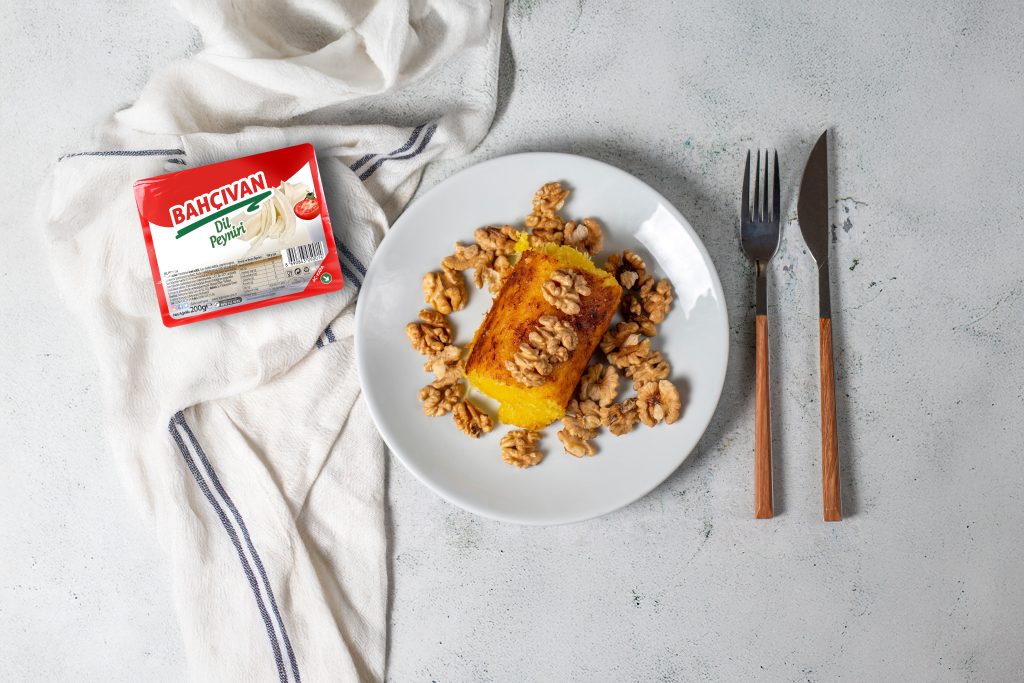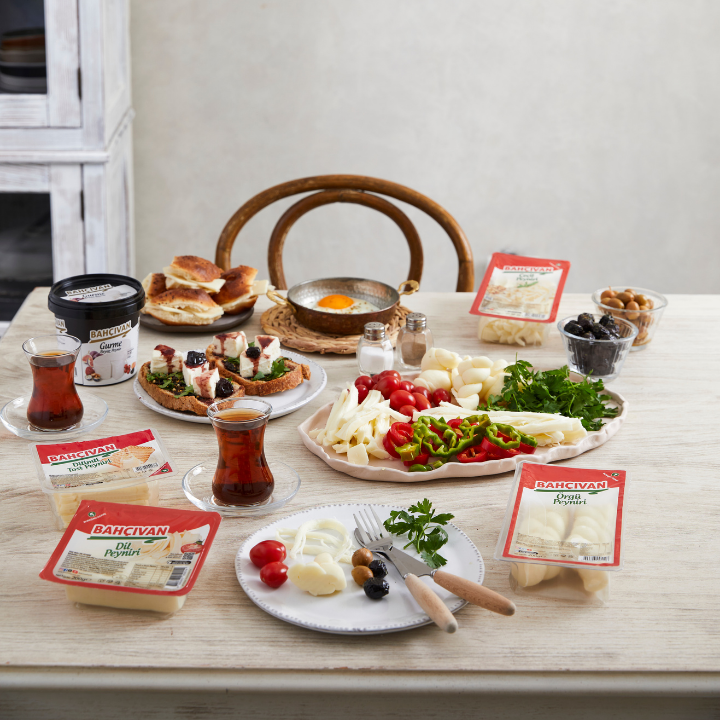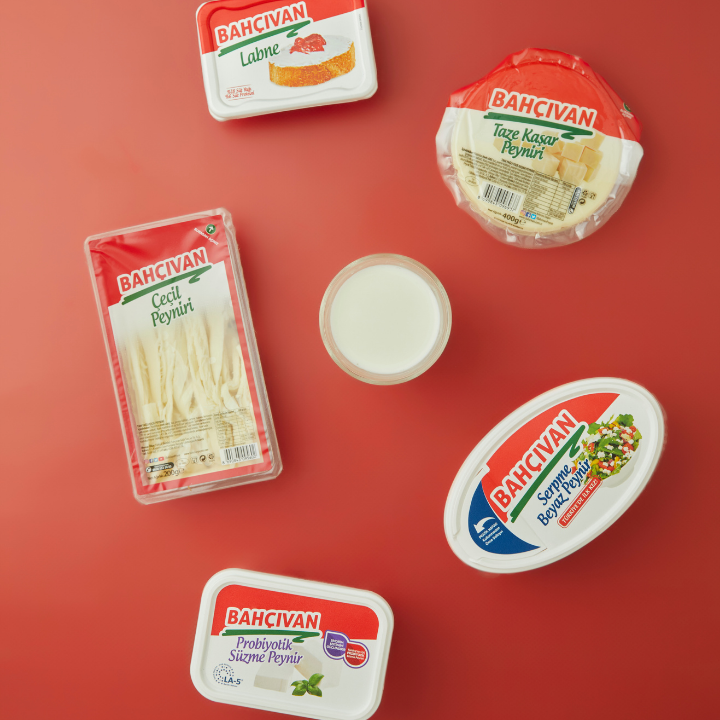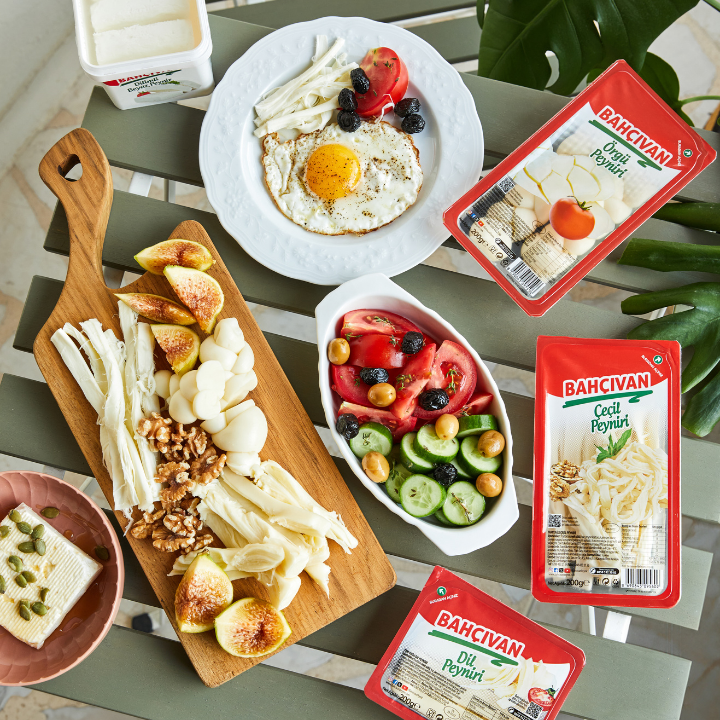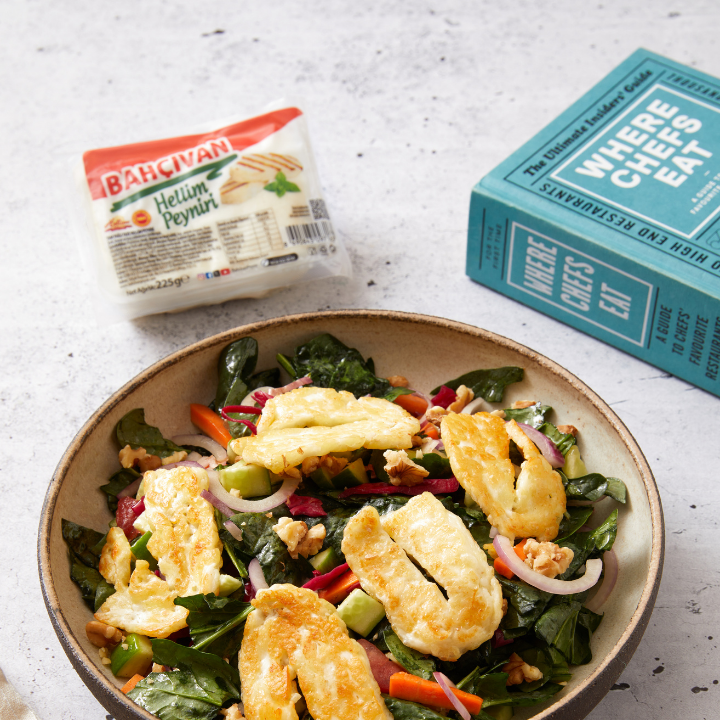
Parmesan cheese is one of the most expensive and most preferred types of cheese today. Of course, there is a great curiosity about such a popular type of cheese. If you are also “What is Parmesan cheese? How is it made?”, we have prepared this content for you.
What is Parmesan Cheese?
Parmesan cheese is one of the most popular and widely consumed Italian cheeses. Hard and light yellowish in color, Parmesan cheese is indispensable for unique sauces and delicious salads. Known as “Parmigiano Reggiano” in Italian, this cheese is consumed with pleasure in appetizers and cheese plates.
The history of this famous cheese goes back hundreds of years. According to legend, the first Parmigiano Reggiano was made in the Middle Ages in the village of Bibbiano in the southwest of Reggio Emilia, Italy. Parmigiano, which quickly became famous for its unique flavor, began to be produced in the nearby regions of Parma and Modena.
Although there are various legends about the making of Parmigiano, historical sources tell us that the method used to make Parmigiano has changed very little since the 13th century. Based on this, historians speculate that this cheese may have been made much earlier. The earliest historical record of Parmigiano Reggiano dates back to 1254.
The flavor and use of the cheese frequently appears in Italian texts from the 14th century. The famous Italian writer Boccacio even mentions parmesan cheese in his famous Decameron. In addition, the English diarist Samuel Pepys mentions that he buried parmesan cheese to preserve it during the Great Fire of London in 1666. Based on this, it should not be difficult to understand how valuable this cheese was at the time.
But the value of parmesan cheese is not limited to the 17th century. Today, parmesan cheese is in high demand and sells for very high prices, leading to crimes targeting parmesan cheese in various parts of Italy. A case from 2015 is a case in point; on September 24, a criminal organization of 11 members was broken up in a raid by the Modena police. According to official data, the gang had stolen 2039 wheels of parmesan cheese from various warehouses over a 2-year period. Considering that today a good quality wheel of parmesan cheese sells for at least 700 Euros, it is not hard to understand how valuable the stolen cheese is.
Of course, let’s not just talk about the crime; as an interesting fact, the Italian province of Reggio Emilia celebrates Parmesan Day. Celebrated on October 27th, the national parmesan day was actually declared after an earthquake in 2012 that wreaked havoc on the industry.
How to Consume Parmesan Cheese?
Parmesan cheese, due to its deep-rooted history and high value, has led to the emergence of an equal parmesan etiquette. If you are wondering “How to consume parmesan cheese?” and want to eat parmesan cheese properly, here are six things you should know about Parmesan etiquette:
Don’t leave it out: This point is actually more about parmesan storage than parmesan etiquette. Only a large wheel of parmesan will last at room temperature. If you have bought a small mold of parmesan cheese, you should store it in a cool and dry place as much as possible.
You do not need to wash it: You don’t need to wash parmesan cheese, the hard outer rind keeps the cheese clean inside. If you want to eat the rind – again, it’s extremely hard – or use it in cooking, you can quickly soak it in water.
You can grate it: The most common way to use Parmesan cheese is by grating it. You can add grated parmesan to a variety of dishes such as pasta, risotto, salads or soups. The appropriate method is to add the parmesan crumbs after preparing and serving the dishes.
You can also use the rind: If you are throwing away the rind of the parmesan cheese, you are really wasting it. The outer rind of parmesan, although hard, is very flavorful. You can add the rind to soups and sauces to add flavor – if you think the rind is too hard, you can remove it before serving the dish.
Serve it the right way: Parmesan cheese should be served at room temperature. To do this, you can take the cheese out of the fridge about 1 to 2 hours before serving. Parmesan goes particularly well with pre-dinner drinks and is a must on appetizer plates. The ideal serving shape is a quarter of a half wheel, a small triangle. If you serve it with a parmesan knife, you can cut the cheese much better. If you are going to serve it grated, we recommend serving it in a small bowl with a spoon.
Eat it after other cheeses: If you are serving parmesan with a cheese platter, you may want to try putting it last, as it is a heavy flavored cheese that is best eaten after the other cheeses.
In Which Dishes Is Parmesan Cheese Used?
One of the most curious questions about Parmesan cheese is “How to use Parmesan cheese?”. Because of its strong flavor, parmesan cheese is not used with every food. Below, you can find answers to the question of how to use parmesan cheese with different dishes.
Dishes Using Parmesan Cheese
There are some dishes that specifically require parmesan cheese. For example, fettucine Alfredo pasta is made with grated parmesan cheese without cream. Likewise, although not very popular in our country, cauliflower with parmesan cheese is one of the dishes where parmesan cheese is used the most.
Spicy potatoes baked in the oven also have a unique aroma with parmesan cheese. You can create a unique flavor by adding a little butter and a little parmesan to the chicken cutlet dish. Caesar salad, which we all know and love, is among the dishes that should be tried with grated parmesan cheese.
Consuming Parmesan Cheese with Fruits
The flavor of parmesan becomes more intense and strong as it sits. For this reason, parmesan cheese to be eaten with fruit should not be overripe. In general, parmesan cheese that has been aged between 12 and 18 months is ideal for use with fruit.
If it is to be consumed with fruits such as apricots, figs, raisins or plums, a slightly more mature parmesan cheese can be used. Parmesan cheeses aged between 24 and 30 months are ideal for use with these types of fruit.
Consuming Parmesan Cheese with Honey
The combination of parmesan and cheese may sound a bit strange, but it is actually a wonderful harmony of contrasting flavors. A masterful parmesan dish should not only include flavors that are close in taste, but also contrasts. However, the parmesan to be used with honey should be as unripe as possible. It is also recommended that the honey should be as mild and pleasant in flavor as possible.
Here are the main honeys you can combine with Parmesan cheese:
Acacia honey: Full of a floral scent and a slightly fruity aroma, acacia honey is a honey that can be consumed with different types of cheese. With its vanilla-like flavor and slight sourness, it is ideal for use with cheeses such as parmesan, Gorgonzola or provolone.
Chestnut honey: Chestnut honey is one of the slightly bitter honeys with a strong smell and a strong aroma. It goes well with medium-ripened grana and parmesan cheeses.
Eucalyptus honey: Also with a strong aroma, eucalyptus honey has a caramel flavor. It can be consumed with Caciocaballo and Asiago cheeses as well as Parmesan.
In addition to these three, different types of honey can easily be consumed with parmesan cheese. The important thing is that the parmesan is not overripe and that the honey suits the parmesan in terms of flavor.
How to Store Parmesan Cheese?
One of the most important questions about parmesan is how to store this precious cheese. In fact, storing parmesan is not much different from storing other types of cheese. If you buy a large wheel of parmesan, you can keep it outside for a while. This is because the thick outer layer can keep the cheese inside at room temperature for a long time. If you have divided the wheel or bought the cheese as a small slice, you should not keep it at room temperature for a long time.
An open parmesan cheese will spoil quickly at room temperature. So, if you are buying it in slices, make sure that the cheese is in a sealed package as much as possible. This way, you can keep your parmesan cheese in the fridge for months without taking it out of the package. Once unpacked, you should consume it within 1 to 2 months.
You can tell when a parmesan cheese is starting to lose its quality by the darkening around the edges. If possible, consume your cheese before it reaches this stage.
How to Make Parmesan Cheese?
“How to make parmesan cheese?” is among the most curious questions of all cheese lovers. The world-famous parmesan cheese has a very old and traditional way of making it. As mentioned above, the way parmesan is made has not changed for almost 700 years.
The way parmesan cheese is made is as follows:
- First, the cows are freshly milked and placed in large trays. The cows must be fed with all-natural grass and hay grown in Parmesan’s approved production area;
- The milk collected in the trays is left overnight to allow the cream to accumulate on top.
- In the morning, the cream on top of the evening milk is removed and fresh whole milk from the morning is added to the evening milk;
- The mixed milk is warmed in large vats;
- Whey from the cheese produced the previous day is added to the warmed milk;
- Natural rennet is added to the mixture and after about 20 minutes the curds begin to form;
- Whisk the mixture with a whisk called a spino until the curds are the size of wheat grains;
- The mixture is carefully stirred until 55 ̊C;
- When the mixture reaches 55 ̊C, stop heating and let the mixture stand for 1 hour,
- Within an hour, the curd pieces that settle to the bottom come together and form a spongy structure,
- The cheese maker lifts this spongy structure with a long wooden shovel and cuts it in half, wrapping it in a muslin cloth. These two pieces are the cheese drafts, known as gemini (twins) in Italian;
- The two cheese drafts are hung on poles to drain the excess liquid;
- The cheese drafts are transferred to wooden forms with straight sides and the cheese making process continues. Meanwhile, the cheeses are imprinted with various production information on an edible casein plate;
- The cheeses are kept in tanks filled with sea salt solution for 24 days;
- After this stage, the fresh Parmesans, which become wheels of cheese, are sent to the curing rooms where they are aged for a year;
- Each wheel is carefully brushed and rotated every 10 days to ensure that all sides of the wheel ripen evenly;
- The matured cheeses are examined by the Parmigiano Reggiano Consortium, and the cheeses deemed suitable are cauterized and offered for sale.
Parmesan Cheese Properties
The distinctive features of Parmesan cheese that distinguish it from other cheeses are the following:
- It has a strong and pungent aroma,
- The flavor of parmesan cheese increases as it matures,
- Parmesan cheese can take between 1 year and 4 years to mature,
- Parmesan is one of the oldest cheeses in the world in terms of production methods,
- It is high in protein and rich in probiotics,
- 30 grams of Parmesan cheese meets your entire daily calcium requirement,
- Although it is a dairy product, it can be easily consumed by people with lactose intolerance,
- For 1 wheel of parmesan, 550 liters of milk are used, and 1 wheel weighs around 40 kilograms,
- It is perfect against various infection risks,
- It has a high fat content compared to most types of cheese,
- Parmesan cheese, which can be consumed with many dishes, can also be easily eaten alone.














